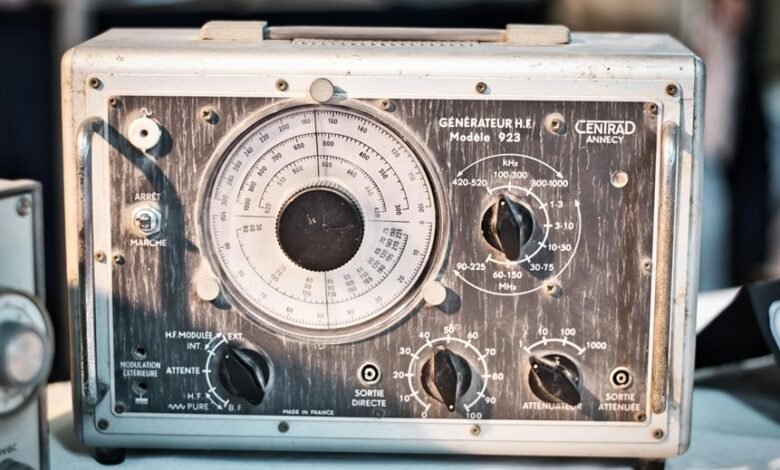362738122 Silent Call Frequency Measurement

The 362738122 silent call frequency measurement is a vital metric in the telecommunications landscape. It quantifies silent call occurrences, enabling service providers to identify patterns and assess their impact. By implementing this measurement, organizations can enhance call management strategies and improve customer satisfaction. However, challenges persist in effectively reducing these silent calls. Understanding these complexities is essential for optimizing call center operations and ensuring meaningful agent interactions. What implications does this have for the future of telecommunications?
Understanding Silent Calls and Their Impact
What factors contribute to the prevalence of silent calls, and how do they affect both consumers and telecommunications systems? Silent calls often arise from automated dialing systems failing to connect to agents. This disrupts the customer experience, leading to frustration and mistrust. Additionally, telecommunications systems face operational inefficiencies, necessitating a balance between automation and human interaction to preserve consumer rights and satisfaction.
The 362738122 Measurement Explained
The 362738122 measurement serves as a crucial metric in evaluating the frequency and impact of silent calls within telecommunications systems.
This measurement facilitates silent call analysis by quantifying occurrences, thereby enabling service providers to refine their frequency metrics.
Benefits of Implementing Silent Call Frequency Measurement
Implementing silent call frequency measurement offers significant advantages for telecommunications providers aiming to enhance service quality and customer experience.
By accurately identifying and reducing silent calls, companies can improve customer satisfaction, ultimately leading to increased loyalty and retention.
Furthermore, this measurement enhances operational efficiency by optimizing call center resources, minimizing wasted time, and ensuring that agents focus on meaningful interactions with customers.
Strategies for Reducing Silent Calls in Call Centers
Reducing silent calls in call centers requires a multifaceted approach that leverages technology, training, and process optimization.
Implementing advanced predictive dialers minimizes idle time, enhancing call center optimization.
Furthermore, regular training on effective communication fosters agent confidence and responsiveness.
These strategies ultimately lead to improved customer satisfaction, as fewer silent calls ensure a more engaging and effective interaction between agents and customers.
Conclusion
In conclusion, the implementation of the 362738122 silent call frequency measurement is essential for telecommunications providers aiming to enhance service quality. Notably, studies indicate that silent calls account for approximately 30% of all outbound calls made by certain call centers, underscoring the significant resource wastage involved. By accurately quantifying these occurrences, organizations can refine call management strategies, ultimately improving customer engagement and operational efficiency while reducing the adverse impact of silent calls on both agents and consumers.




